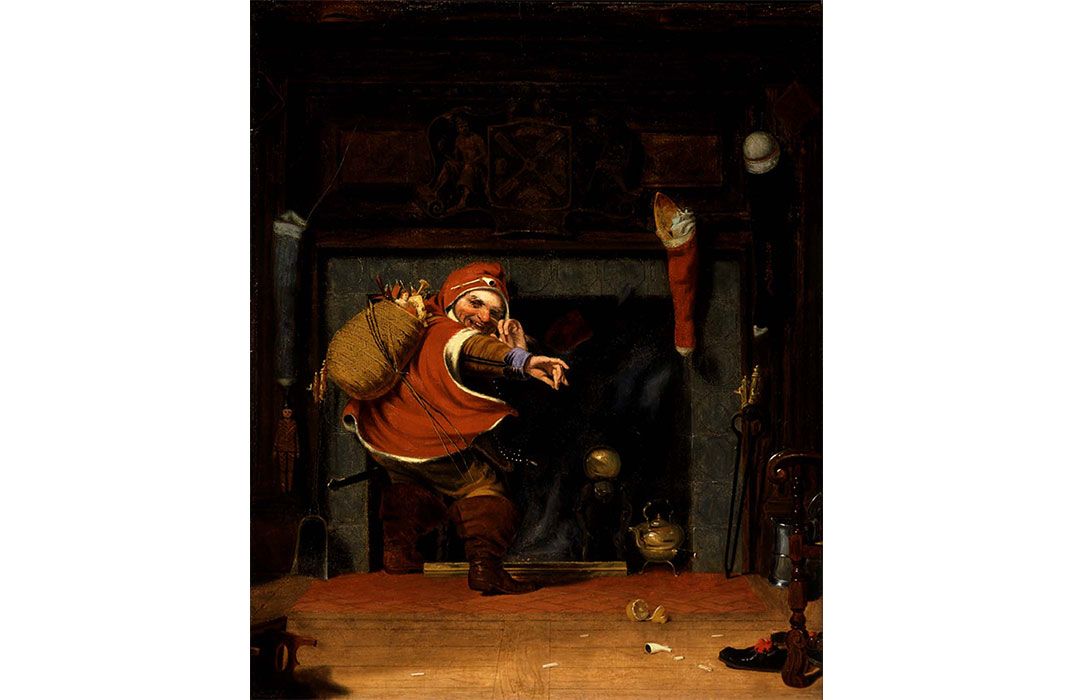The Evolving Face of Santa, As Seen in the Smithsonian’s Vast Collections
A look into Smithsonian’s vast archives reveals that Father Christmas tends to get a makeover with every generation that embraces him
Santa Claus wasn’t always the jovial white-bearded bearer of gifts that we know so well today. In fact, Santa's historical roots in America trace to the 18th-century arrival of Dutch immigrants, who would gather on December 6 to honor the anniversary of Saint Nicholas’ death.
Believed to have been born in modern-day Turkey around 280 A.D., Saint Nicholas devoted his life to philanthropy and kindness, which quickly rendered him a popular legend in European history. His Dutch nickname, Sinterklaas (a short version of Sint Nikolaas) eventually became "Santa Claus."
One of the first American Santas was the plump, jolly fella from Clement Clark Moore’s 1823 poem “A Visit from St. Nicholas,” better known as “Twas the Night Before Christmas.” Later in the 1860s, political cartoonist Thomas Nast popularized Santa in his illustrations for Harper’s Weekly, which he adapted from both Moore’s poem and his German heritage.
As early as the mid-19th century, corporate America saw the need to harness a Father Christmas-style character for seasonal marketing. Department stores like Macy’s and food and drink companies publicized the Santa image in their advertising. "A standardized visual amalgamation—white, white beard, portly, jolly, wearing an identifiable fur or fur-trimmed uniform—developed through the century," writes George McKay, a professor of cultural studies at England's University of Salford. "It was this image that was most famously exploited by the Coca-Cola Company from the early 1930s on, in the corporate company colors of red and white, as part of its campaign to increase winter sales of its soft drink. It is widely recognized that it is from this long-running campaign that Santa’s place and most familiar representation has been concretized in the contemporary Christmas imaginary."
A search of the archives collections across a number of Smithsonian museums reveals a Santa for every generation. In a myriad of art, photographs, posters, postcards, greeting cards, song sheets, wrapping paper and even telegrams from the Western Union Telegraph Company, the image of Santa echos the stylistic designs of every era from the highly romanticized Victorian Santas to the sleek Bauhaus-influences of a mid-century modern Santa. Photographs in the collections also reveal the quirky and peculiar ways he has penetrated American culture. One curious photograph from the Underwood & Underwood collection at the Archives Center at the National Museum of American History, dated 1927, depicts a bare-legged Santa and a bevy of women in swimsuits in an odd formation around a tree. From the Smithsonian American Art Museum, Santa can be found in an early 19th-century painting by Robert Walter Weir. Also, from that museum, Santa is the focus of an image from a photography project documenting the Appalachian regions of Kentucky and West Virginia. And at the National Portrait Gallery, Santa plays a role in political punditry.
"Although there is not a specific collection devoted to Santa, if you search through the archives you can see how Santa has been visually represented over time in various ways," says Wendy Shay, acting chair of the Archives Center. "For example, in some of the earlier Victorian depictions of Santa, he doesn’t look particularly appealing or jolly."
Santa Claus was, and is, a man of his times.
/https://tf-cmsv2-smithsonianmag-media.s3.amazonaws.com/filer/c3/25/c325965e-d873-4356-a4db-32bbabb910f3/1983638_1aweb.jpg)
/https://tf-cmsv2-smithsonianmag-media.s3.amazonaws.com/filer/9c/11/9c11597a-cd94-4e18-9e60-0a6c5b68617a/ac0060-0000713forweb.jpg)
/https://tf-cmsv2-smithsonianmag-media.s3.amazonaws.com/filer/a9/00/a9002c8b-9a36-46a3-abbc-6956d875a7d1/ac0060-0000726forweb.jpg)
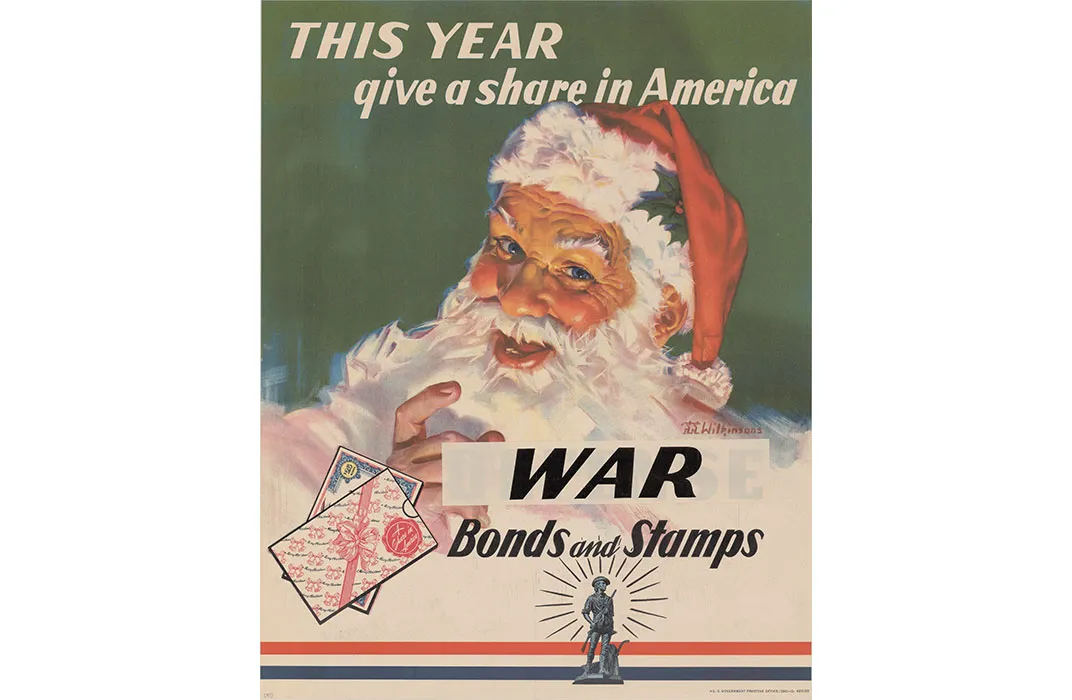
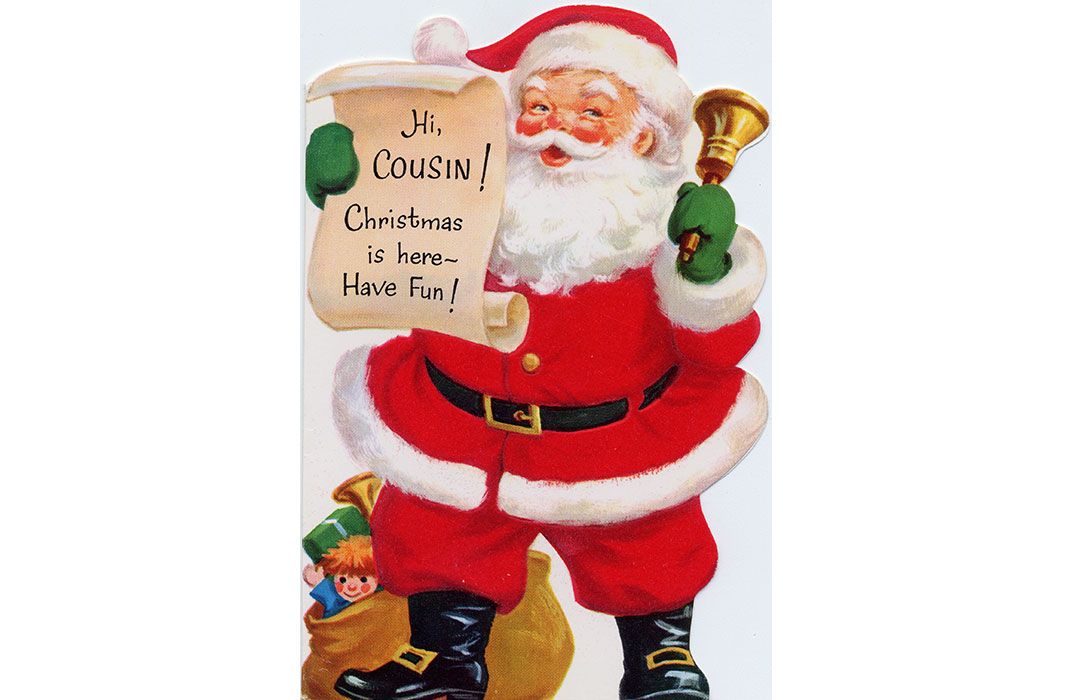
/https://tf-cmsv2-smithsonianmag-media.s3.amazonaws.com/filer/d3/78/d3780a68-c72b-42cb-852c-fe79ae23aa7e/ac0143-0018653web.jpg)
/https://tf-cmsv2-smithsonianmag-media.s3.amazonaws.com/filer/09/7c/097c9e97-f27d-4242-baf2-7a2c5c572b4f/ac0200-0000013web.jpg)
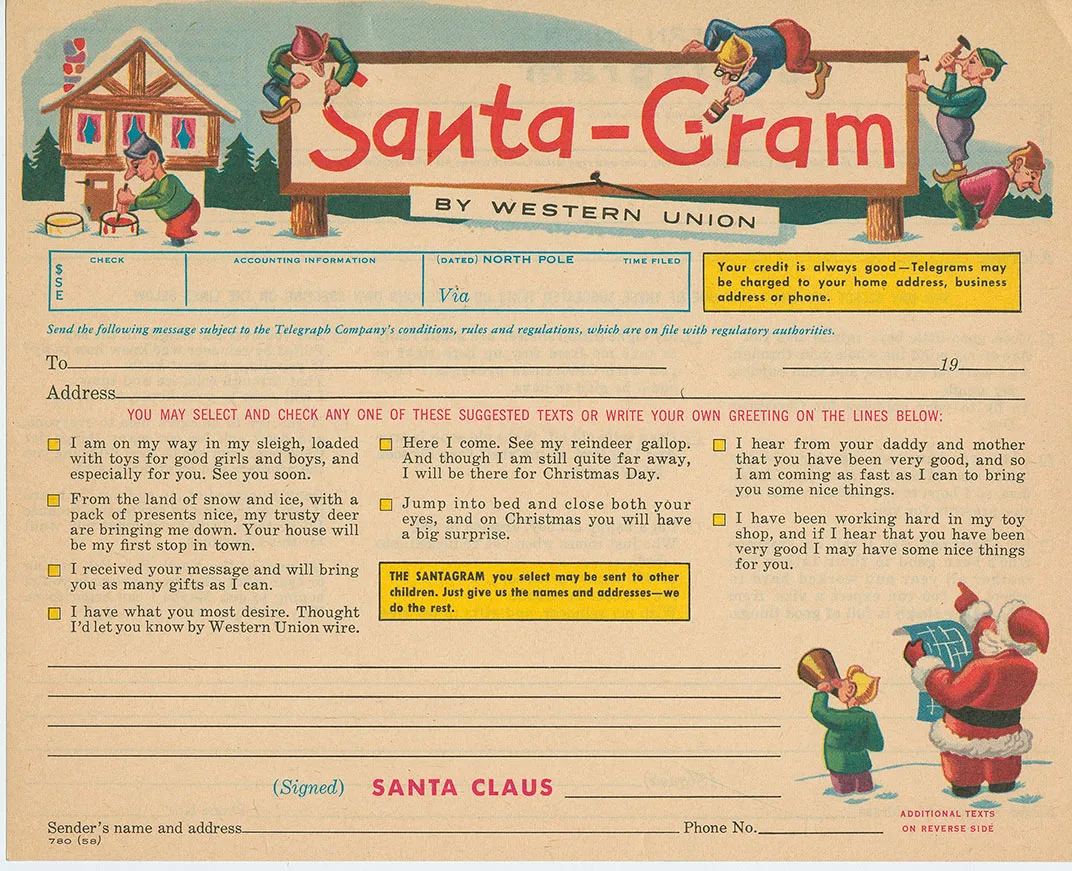
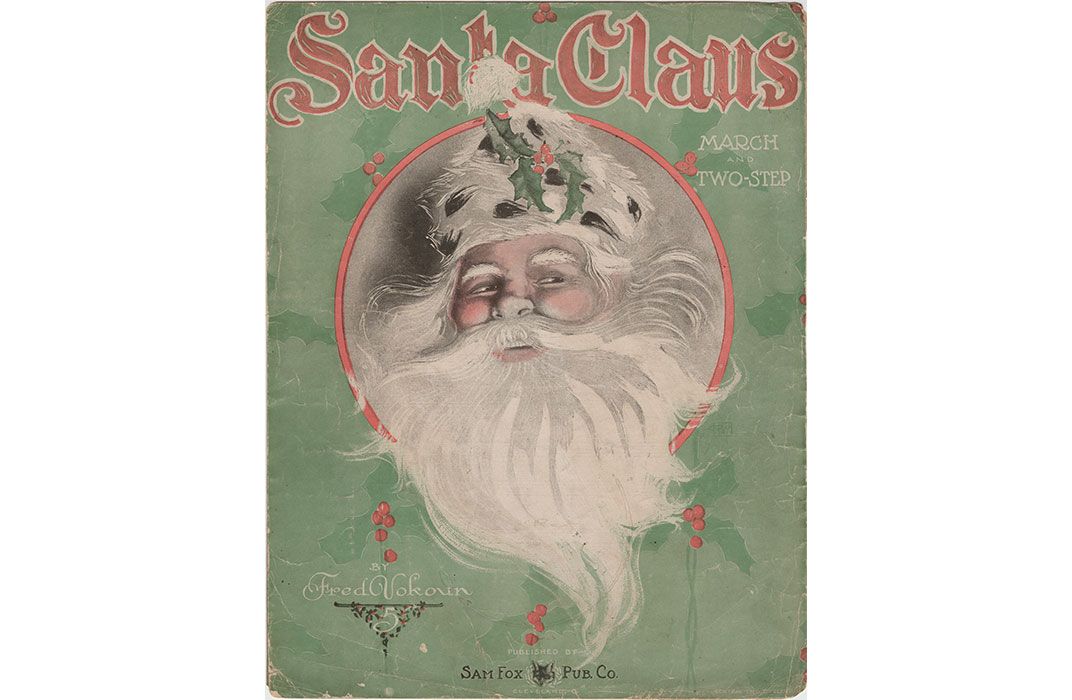
/https://tf-cmsv2-smithsonianmag-media.s3.amazonaws.com/filer/87/f2/87f24519-af7d-4789-93f3-3ede5b726c3a/ac0530-0000007web.jpg)
/https://tf-cmsv2-smithsonianmag-media.s3.amazonaws.com/filer/36/f9/36f97129-b768-42d8-915d-caac56f4e3a1/ac0530-0000014web.jpg)
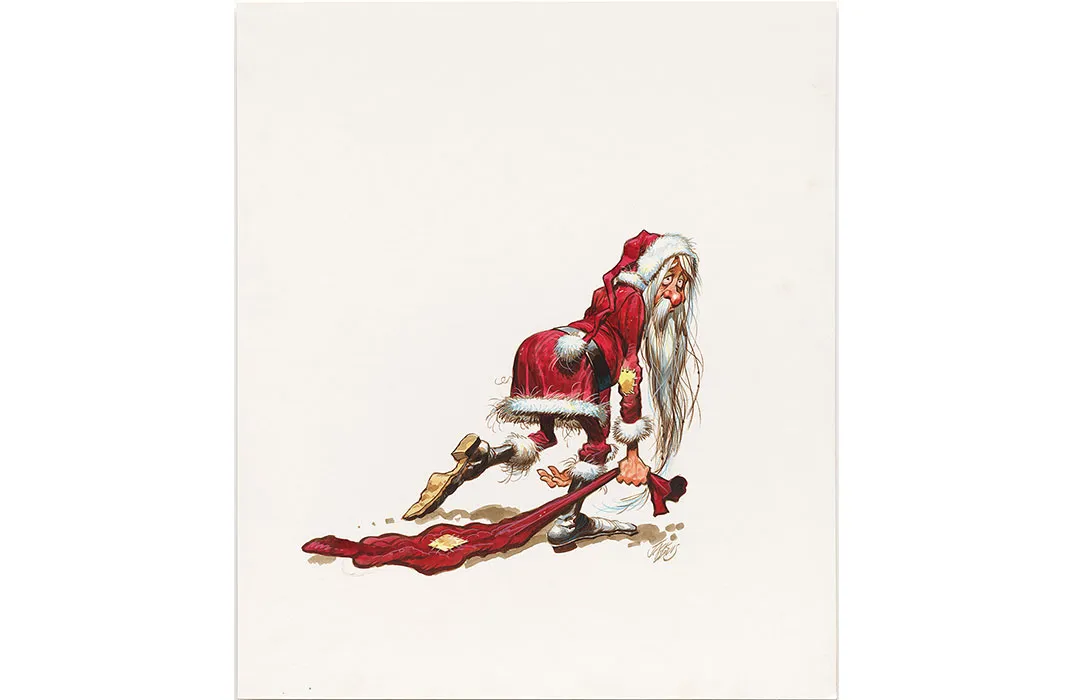
/https://tf-cmsv2-smithsonianmag-media.s3.amazonaws.com/filer/98/73/98738095-2215-499d-8324-2e0a3114a2e7/77d0018b_sweb.jpg)
/https://tf-cmsv2-smithsonianmag-media.s3.amazonaws.com/filer/ce/59/ce596fb7-b9a1-4051-a7f0-3fd439ab752a/ac0129-0000002web.jpg)
